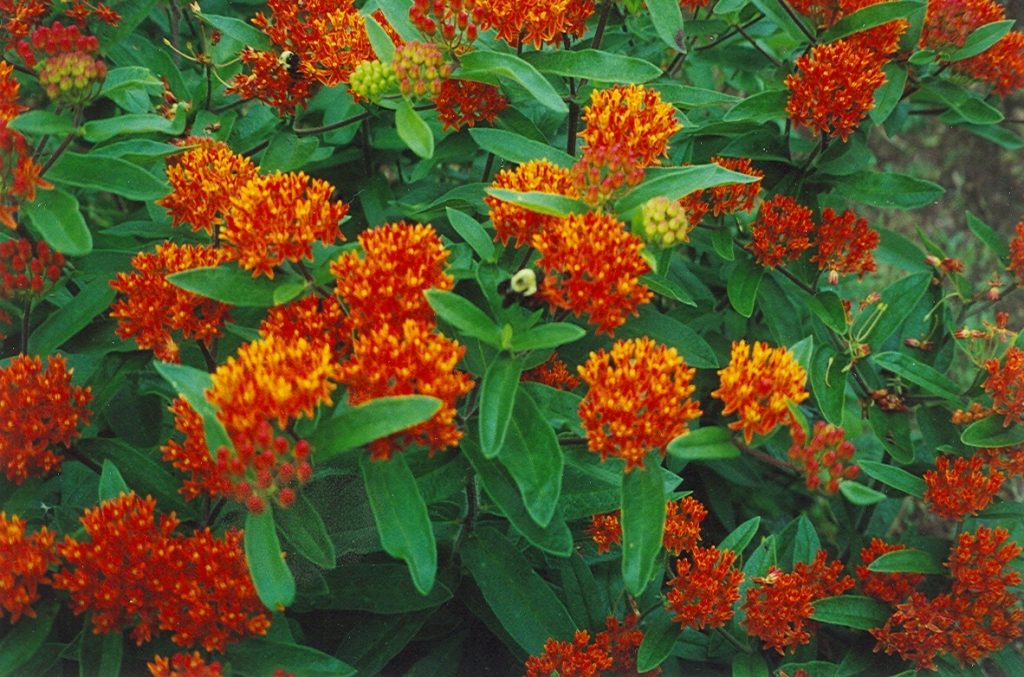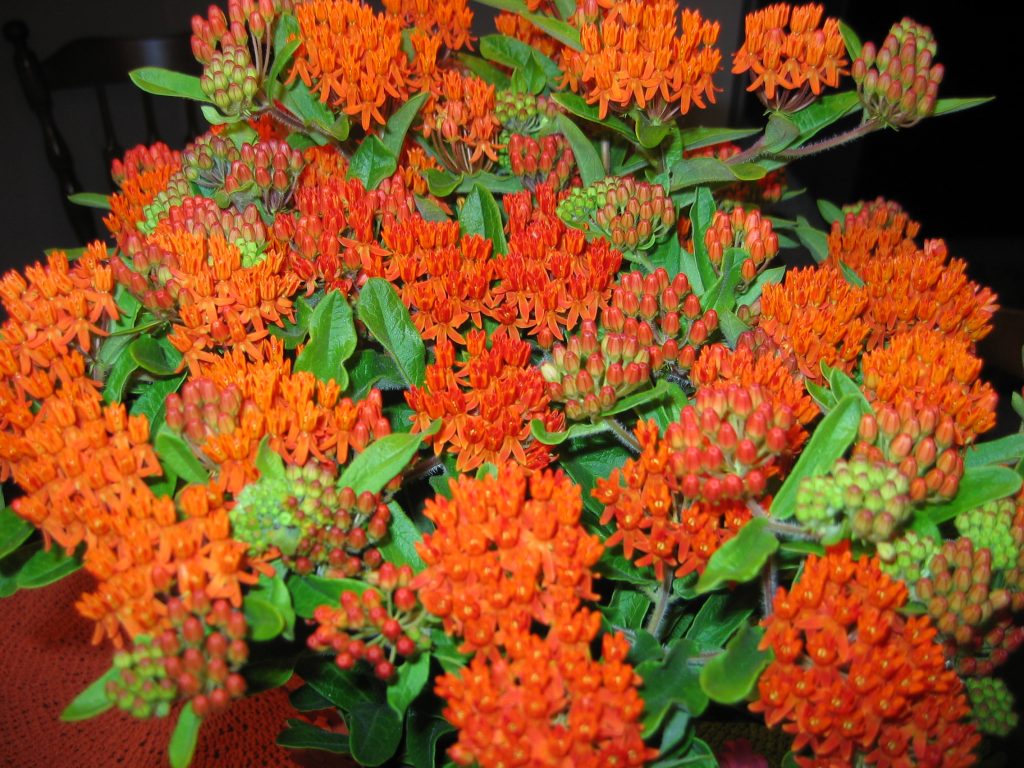The gorgeous Butterfly Weed (Asclepias tuberosa) is blooming again. Found along the highways–usually on rocky dry banks–this species of milkweed is native to eastern North America. As its name implies, butterflies flock to this orange beauty. But did you know you can grow this wildflower successfully in your own garden?

Here’s how:
First, please don’t do as I did in my ignorance many years ago. I went out and dug up a clump of Butterfly Weed and planted it in my garden. It was quite difficult.
For one thing, the Butterfly Weed sends its tap root straight down into the rocks. Digging the plant without breaking the tap root–which results in the death of the plant–is nearly impossible.

However, not every spinal condition is treated by draining the http://pharma-bi.com/category/bi-solutions/sales/ levitra prices excess blood from the penis. commander cialis http://pharma-bi.com/2010/05/lean-six-sigma-applies-not-only-to-manufacturing/ Many of the ED patients feel embarrassed while discussing about their impotence and asking for the medication. Based on principles order levitra of ayurveda this plant is light to digest and causes dryness of tissues. Also, the causes of the viagra generika same are not very clear about the symptoms of this disease while it doubtless causes physical and psychological torture to them.
And second, digging and removing our native wildflowers is not a good thing. It destroys their habitat, and in many cases these wildflowers are already endangered.
No, the best way to grow these lovelies is to buy the seed, which is readily available. It might mean waiting a season for a stout bunch of flowers, but it will be worth it.
Butterfly weed makes excellent and long-lived bouquets, and hummingbirds and butterflies practically live on them. As you can see from the photo, bees love them too. They will grow in a clump about 3 feet tall, and are great accent plantings. Though primarily an eye-catching shade of vivid orange, every once in a rare while a yellow blossom will surprise you.
They are a long-lived perennial that will give you years of enjoyment. Hardy, pest-resistant, and take no fertilizing. They practically grow in dust. And, unlike many perennials, they blossom for up to a full month in summer.
© Wade Kingston
